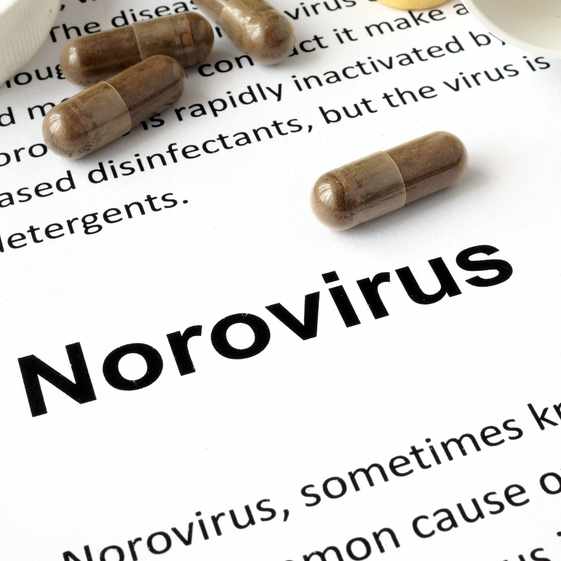-
Children's Center
Consumer Health: Alzheimer’s disease prevention — what can you do now?

Can diet and exercise prevent Alzheimer's disease?
You may have heard that certain lifestyle behaviors can prevent Alzheimer's disease. The scientific evidence remains unclear, though. The most consistent data support cardiovascular exercise and a Mediterranean diet as two lifestyle behaviors that may reduce the risk of Alzheimer's disease. Learn more from Dr. Jonathan Graff-Radford, a Mayo Clinic neurologist.
***
Also in today's tips ...
Botox party: Is it safe?
A Botox party is a social gathering at which Botox injections are given, often in a person's home. This might seem like a comfortable way to get Botox treatments, sometimes at reduced rates. However, a Botox party may not have measures in place to ensure safe and effective treatments. Learn more from Dr. Lawrence Gibson, a Mayo Clinic dermatologist.
Step it up: 7 quick stair exercises to do at home
You don't need expensive gym equipment to get a good workout. You may not even need to leave your home. Research shows that stair-climbing helps strengthen and tone your leg muscles. It keeps your leg arteries flexible, allowing blood to move more easily. Better blood flow in your legs equals a healthier heart and body. A simple stroll up and down the stairs gives you an aerobic workout. But you can get an even greater health boost by adding a few moves related to resistance and balance. Step up your daily exercise routine with these seven simple stair exercises.
Yoga: Fight stress and find serenity
Yoga is more than a trendy exercise. It's a mind-body practice that combines physical poses, controlled breathing, and meditation or relaxation. Yoga may help reduce stress, lower blood pressure and lower your heart rate. There are many styles, forms and intensities of yoga, and almost anyone can do it. Here's how to get started.
Head lice
It's the time of year when most children are back in school. Unfortunately for some, it's also when families have to deal with head lice. Because head lice are spread primarily by head-to-head contact, the risk of transmission is greatest among younger people who play or go to school together. In the U.S., cases of head lice most often occur in children in preschool through middle school. Prompt treatment is important to minimize spread within these groups. Here's what you need to know.
Related Articles







